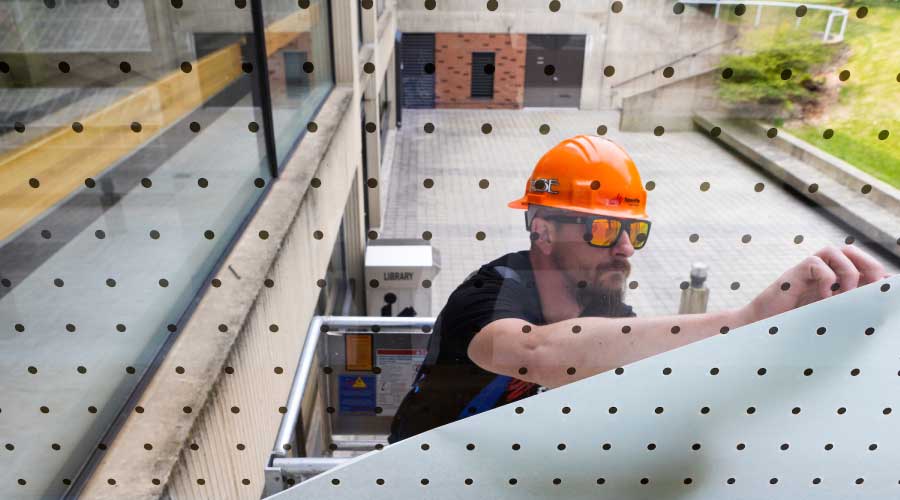Laser Scanning Generates Building-Envelope Data
What if the conditions managers could see were transformed into a dense collection of pixels, much like a high-definition television? What if a technology existed to transform those pixels into lines and planes of an electronic drawing format, such as a CAD drawing, that would accurately depict the as-built condition of the facade? What if inspectors could gather all this information in a matter of minutes without staging or scaffolding?
The technology exists in the form of three-dimensional laser scanning. Engineers can use three-dimensional laser scanning to obtain data from the facade that is recordable, accurate, and repeatable.
In recent years, computer technology and modeling of structures has risen to the challenge in new construction design projects, providing such tools as building information modeling (BIM). Managers and engineers can adapt available hardware and software to create BIM for maintenance of the facade. But the technology is capable of much more.
The implication is not that scanning can take the place of visual assessments but, rather, that scanning can quantify visual assessments to a degree never possible until now. Simple, repeatable observations — physical measurements with tools in the field — can be labor-intensive, requiring hundreds of professional hours, and they can put observers at risk on swing staging.
Related Topics:












